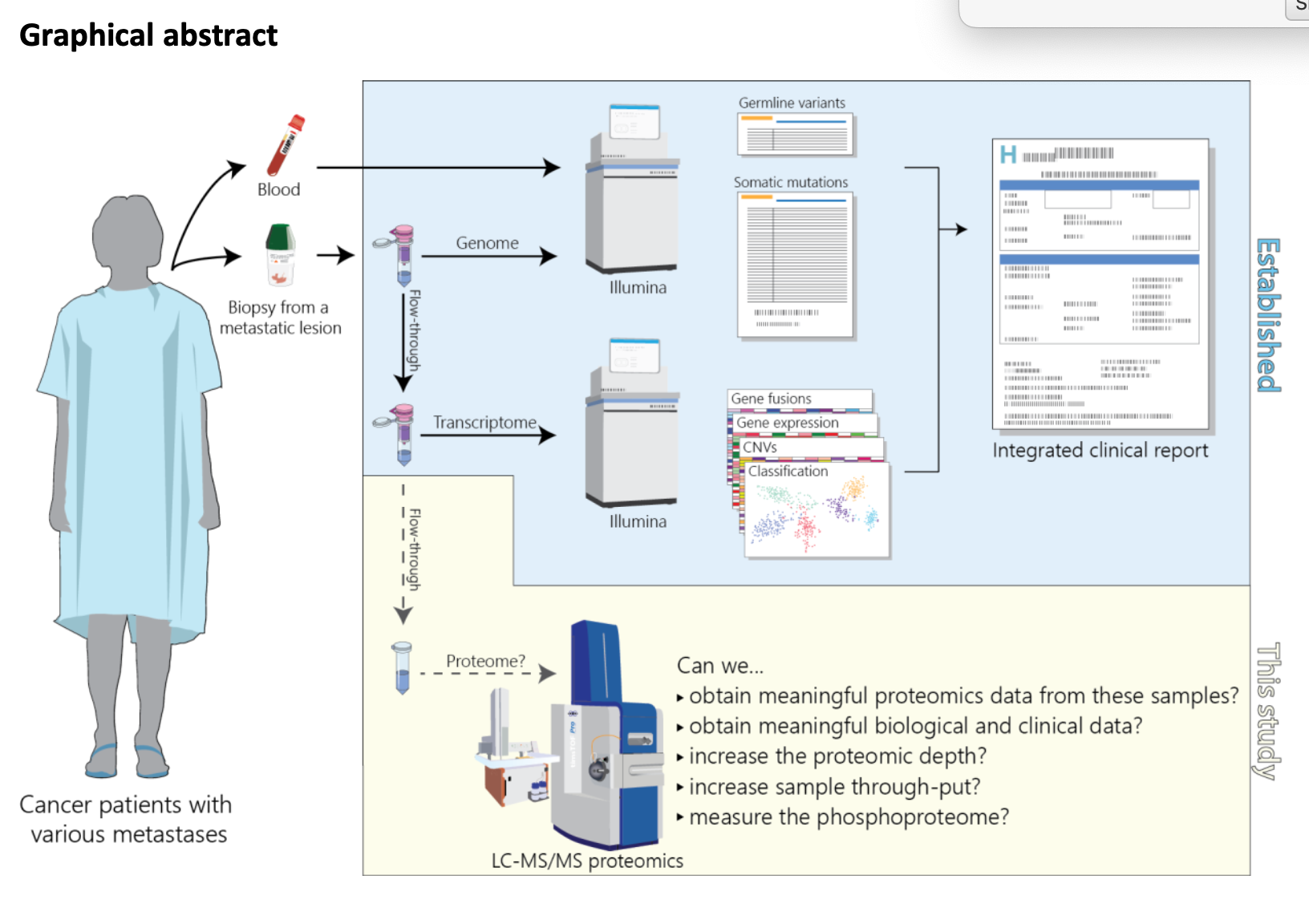The latest round of fundraising by ONT brought in over $100 million, that makes a total of around $X million invested over the last X years. This round of funding was led by GT Healthcare, a Hong Kong based investment group. According to the Financial Times existing UK-based shareholders also participated suggesting a willing ness to continue to invest in the company that may one day dominate NGS as Illumina have done for the past ten years.
The FT highlighted the IP Group total investment in Oxford Nanopore at £246.3m, including the £14m in this round. Their stake of 19.7 per cent implies valuation for Oxford Nanopore of £1.25bn.

On their blog DeciBio discuss whether ONT have reached the inflection point described by Christensen’s “disruptive innovation model”* – does this mean ONT are about to explode onto the NGS scene? There are many hundreds of labs using MinION’s with several thousand units in the field. This is not so surprising given the relatively low-cost of getting into the MAP when it was launched at just $1000. But until the release of the latest chemistry and flowcells many users have had a bumpy ride with a technology many would describe as a beta version.
Nanopore updates keep on coming: At London Calling Clive Brown described the updates to chemistry, flowcells and software that would most likely push the MinION sequencing into the limelight. He followed up more recently with a webinar on the latest developments. R9.4 was to be coming very soon, with speeds up to 450bp per second. Direct RNA sequencing was coming soon. He described at least 50 publications that were available, many on the BioArxiv (there is also lots of material online behind the ONT community firewall). The published work includes tracking of Zika and Eboloa, environmental monitoring, infectious diseases (there is also lots of info on Twitter) He reported on one paper demonstrating the quickest sample to answer in just 4 hours. Clive said the goal of ONT is to “enable anybody to sequence anything anywhere” – sequencing in space should be coming to a conference near you soon! Clive also mentioned the SmidgION, and other types of nanopore sensing called “blob counting”.
R9 vs R9.4: the latest update should results in more improvements to basecalling accuracy, and the number of active channels. This will push yields higher to 10GBp per 48 hour run. Clive reported that 90% of runs were achieving >5Gb, and they were aiming for 15Gb by the end of 2016.
The new R9 flowcells and chemistry, along with the 1D rapid library prep kits now make sequencing a breeze on the MinION. With reported throughput of 10Gb+ and over 95% accuracy I suspect that labs will start to publish more rapidly and we’ll see an explosion of Nanopore papers in 2017. Researchers working on microbial genomics have led the way with the Nanopore, but as data increases past 10Gb larger eukaryotic genomes become feasible, particularly when paired with Illumina data for high SNP calling accuracy.
The impact on PacBio and 10X et al: If ONT can delivery a robust solution for large structural genomics projects then companies like PacBio and 10X Genomics may struggle to convince users to adopt their technology. A PacBio genome is still relatively expensive at $3000+, and a 10X Genomics phased genome comes in at over $2000. As Nanopore flowcell and sequencing costs continue to drop, and as we begin to hear about performance on PromethION, structural genomics and de novo genome sequencing may switch over to ONT. And this might be the inflection DeciBio are referring to.
The impact on Illumina: There appears to be some competition for Illumina again, after a hiatus due to the underwhelming performance of Ion Torrent, and the demise of Complete Genomics. Oxford Nanopore are now nipping at Illumina’s heels along with Qiagen (see my recent post on the Genereader sequencer)and PacBio.
All of these technologies currently do not deliver the Q30+ data Illumina have bet the farm on – the next 18 months will be interesting as we see if users are prepared to switch to “lower quality” raw sequencing, for “higher quality” results.
* DeciBio’s AGBT posters were a change from the usual in-depth biotechnology poster. Contact them at at info@decibio.com to get a copy.








Leave A Comment